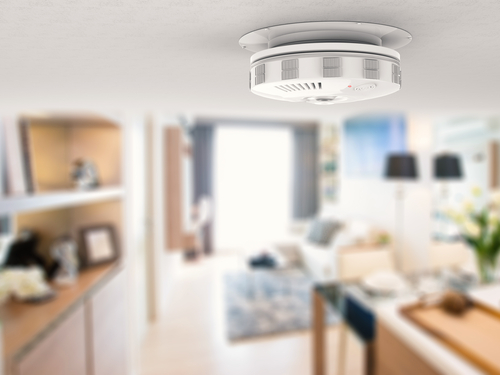Written on: October 11, 2021
 You’re probably aware that carbon monoxide is dangerous. The best way to protect yourself and your loved ones is to understand how to prevent the build-up of this potentially deadly gas in your Hudson Valley home and what to do if anyone in your household experiences signs of carbon monoxide poisoning.
You’re probably aware that carbon monoxide is dangerous. The best way to protect yourself and your loved ones is to understand how to prevent the build-up of this potentially deadly gas in your Hudson Valley home and what to do if anyone in your household experiences signs of carbon monoxide poisoning.
Here’s what you need to know.
Carbon monoxide (also known by its chemical formula, “CO”) is an odorless, colorless gas that’s produced when you burn any fuel, including propane, wood, coal, and heating oil. With proper venting and maintenance, carbon monoxide gas will not build up and it is very safe. But when the gas is allowed to accumulate, exposure to CO can lead to carbon monoxide poisoning, which can result in illness, disorientation, or, in extreme cases, death.
Carbon monoxide usually accumulates due to poor ventilation or faulty equipment. A blocked vent or flue, a damaged or poorly maintained heating system, or overuse of an unvented heating appliance can all cause a dangerous carbon monoxide build-up in your home.
More than 20,000 people visit emergency rooms with symptoms of carbon monoxide poisoning each year. Know the signs and act quickly: Symptoms of CO poisoning get worse as exposure to the gas increases. In cases of limited or early exposure, flu-like symptoms are common. Continued exposure leads to severe headaches, drowsiness, and disorientation, while high exposure can lead to unconsciousness, cardiac arrest, and death.
If you notice symptoms of carbon monoxide poisoning:
Here’s how you can prevent carbon monoxide from building up in your home, and protect your family:
At Downey Energy, your safety is our top priority. Contact us any time with any questions about carbon monoxide safety.